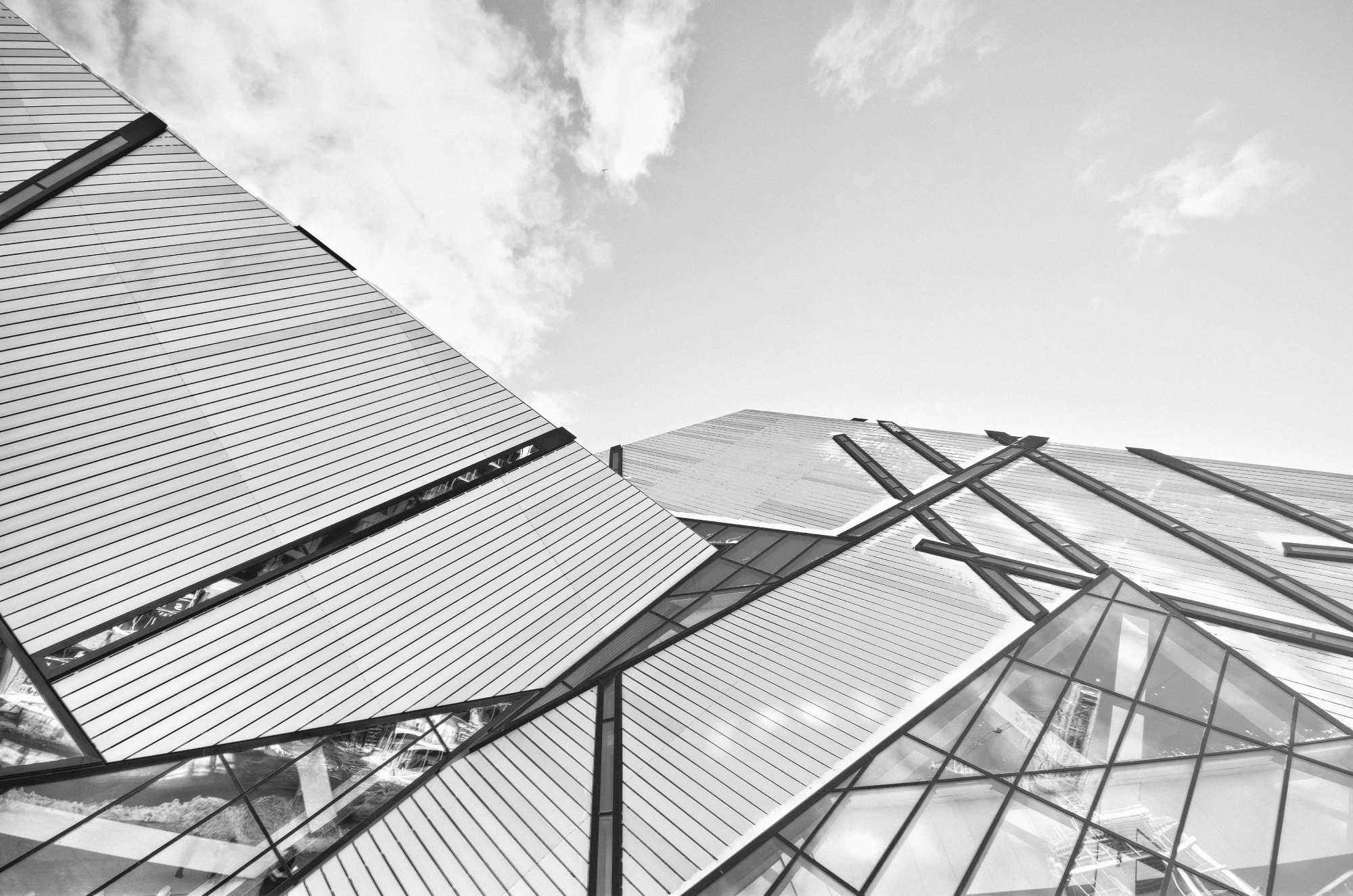In 1918, a World War and deadly pandemic reduced the demand to see ballgames in the US. It should have been a blockbuster year with Babe Ruth’s rise to stardom. However, just days before he led the Red Sox to the World Series, soldiers returning from Europe brought a new strain of the Spanish Flu with them. The pandemic reduced attendance at Fenway Park by half, and the pattern was mirrored across the country.
By 1919, the war and pandemic were over and game attendance shot up. In fact, it more than doubled, from 2.8 million across the MLB to 6.5 million. An increase of 132%.
This is a great example of pent-up demand; the ravenous consumption of something because people were deprived of it.
100 years later and it bodes well for our recovery from our own pandemic.
We can look to China for further reason to be optimistic. The country lifted all restrictions on domestic travel and, as of September 2020, the number of air passengers travelling within China had equalled its total for the whole of 2019. And that’s just domestic travel, given that international travel remained largely off-limits.
The travel industry’s pent-up demand is important as, being such a large employer across most countries, when it returns it will bring greater consumer spending. Not just because people spend more when they travel (new clothes, eating out, etc.), but also because those employed in the sector (10% of all jobs in the world) will have more money to spend as they return to full employment and feel secure in their jobs.
In parallel, the wealthier have seen an increase in their household savings during the pandemic, which will allow for higher post-pandemic spending. For example, the near absence of Chinese tourists abroad has impacted the revenues of luxury brands dramatically. Total spending on global luxury will have dropped by an estimated 35% during the pandemic. That’s a lot of money that was not spent and is largely just sitting in bank accounts.
Most listed companies are talking about pent-up demand, allowing them to paint an optimistic picture of their future and protect or improve their share price. Shares in Airbnb jumped almost 9% in the second week of January 2021. Uber’s are up 7%. Even the price of gold will likely increase due to pent-up demand for jewellery around the world.
So, there’s certainly reason to be optimistic about the future. Many people have been comparing the pandemic with the last financial crisis, but the comparison is flawed and our recovery will look very different. That’s not to say that this cannot turn into a financial crisis - the 1919 boom following the pandemic did not last that long and was swiftly followed by the crash of 1920. If that happens, then that’s a different story, and a different article. With what we know today, all indications are that we need to prepare for a boom in consumer spending as early as the summer, that it will last for at least a year, and that preparations for it should start right now.
Key things to consider
Funding and financing
Do you have access to enough budget to respond to dramatic increases in demand through greater marketing spend? Strategies include delaying various projects because the funds might be required for operating expenses (opex), exploring revenue financing options with agencies and specialists, or pre-negotiating lines of credit. At the very least, company boards around the country need to be educated by their marketing teams that money may be required at short notice and for what benefit to revenue, profitability, and market share.
Review channels and metrics regularly
Demand and supply within various marketing channels has fluctuated wildly through the pandemic. For example, most paid search costs dropped then rebounded, and programmatically bought TV has never been cheaper. As we are freed from the pandemic, supply and demand will shift yet again, so you need to constantly reflect on this to protect your budgets and their effectiveness. In addition, there may be opportunities to pre-buy inventory, e.g., premium publisher inventory, which if bought now could be bought at heavily discounted rates.
The consumer will also behave differently this year than you might assume. For example, you may be conditioned to assume that people’s average holiday length is 10 days, but that’s likely to rise post-pandemic and, if it does, it will change your marketing KPIs and metrics. For example, if people do book longer holidays then there’s greater margin for the advertiser in that conversion, and therefore ‘cost per customer’ thresholds could and should rise to remain competitive across various channels.
Plan activity around the vaccine
Are you taking the vaccine roll-out into account when you’re planning your marketing activity and budget spend? You should be. The vaccine timeline will dictate which segments of your customer base are more open to spending as their movement becomes less restricted. The over-50s, for example, will be vaccinated first so will be more valuable initially as their conversion rates increase for things like flights, holidays, events, even general retail. There’s room for those savvy enough to target a whole new segment of people and get in front of them at just the right time to be effective.
Secure customers now, not just later
As our freedoms return, consumer demand will lead to more inventory demand across paid search, shopping, display, TV, and others. This will potentially make inventory cheaper initially as advertisers scale up to match the new increase in demand. However, in the medium term it will result in higher advertising costs as the pent-up, quick converting demand is chased by all advertisers, including those that have been dormant, such as airlines and hotels. You should therefore consider whether you can get your brand and product in front of potential customers today, more cheaply than would be the case later, allowing you to tap into those same people relatively inexpensively with retargeting or email once they are in buying mode. The same is true for accumulating followers on social media – doing it now will be cheaper than waiting for demand to pick up. You’ll be deferring their conversion until later as they will be exploring and dreaming rather than buying, but you’ll be front of mind when their wallets do open.
Communicate (and reward) urgency
Fear of missing out is a powerful emotion, meaning customers can be encouraged to buy products or book experiences well in advance of their intended point of consumption. This can also be encouraged through creative promotions that may involve early booking discounts or other value adds.
Resourcing
Do you have the human resources in place for when trade picks up, and across the disciplines and channels necessary? As consumer demand rises, so should employment levels, and therefore the demand for good people will pick up in parallel. You should start recruiting early to get the best pick of the bunch. You will also likely need an appropriate digital agency in place, so you should not reflect on that too late. You’ll also certainly need to factor in time for running a solid procurement process and onboarding a new partner. You have less time than you think.
Finally, let us know if we can help. We’re building strategies for our clients in anticipation of this massive opportunity and we know they will make hay once the sun finally shines.





